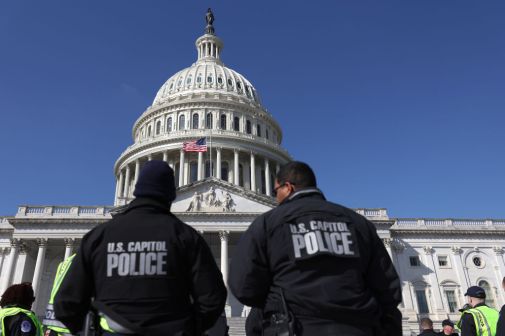CBP revisits use of body-worn cameras at the border

Customs and Border Protection is the latest Department of Homeland Security agency to once again kick the tires on body-worn cameras.
The agency wants details on available cameras, video management and redaction software, and cloud storage that can support the incident-driven video recording system it’s already deploying, according to a request for information (RFI) issued Friday.
That system is being piloted at select border crossings to record CBP agents’ interactions with the public where there are no fixed cameras.
“CBP anticipates storing most footage in the cloud while maintaining government ownership of the data indefinitely,” reads the RFI. “Footage is considered law enforcement-sensitive data and therefore must be stored in accordance with federal laws, regulations, and requirements.”
Information CBP wants from vendors includes whether their body-worn cameras are Federal Risk and Authorization Management Program (FedRAMP) authorized, as well as their ability to redact video, automatically activate, link to a mobile application, expedite cloud uploads, and secure video.
CBP also wants cost estimates for between 5,000 and 40,000 units with submissions due April 2.
The Secret Service, also within DHS, put out an RFI in February on body-worn cameras in advance of a contract for 2,000 units it hopes to put up for bid.
While CBP has looked into using body-worn cameras previously, governmentwide interest in the technology has increased following the Department of Justice‘s decision to permit them on federal task forces in October.






